People dance a lot in films. In some films, it’s practically all they do, but this article isn’t really about musicals or films where dancing is very much the point of the film. Often what I’m writing about isn’t even good dancing and it’s more about what dancing, perhaps even especially bad dancing, represents. This list will comprise of films made after 2000 – not because they are in any way superior but only a great deal has already been said about these older films – we’ve had great dancing like the iconic scene in Ex Machina, the impromptu and surprising musical number in 500 Days of Summer and The Artist celebrating the old Hollywood musicals.
Spoiler Warning for The Men Who Stare At Goats, The Shape of Water, Jojo Rabbit and Good Omens
You Can Dance…Just Someone Told You Not To
These were the brilliant words of Jeff Bridges’ character Bill Django in The Men Who Stare At Goats, an uneven film that contains one of my favourite scenes of all-time. Django is an army officer who after the horrors of the Vietnam War searches for a new path for the US Army and essentially becomes a hippy. He recruits soldiers for a special unit who will learn to become “Jedi Knights” and the very first thing he asks this unit to do is dance. When one soldier, Lyn Cassady, insists he doesn’t like dancing, Django disagrees. A flashback to the soldier’s youth shows him happily dancing to The Beatles as a child until his father yells at him for dancing. Cassady starts dancing and this indeed frees him and brings him happiness. In 45 seconds this film summed up a huge amount of the unhappiness in the world – someone told you that you should feel bad about something that makes you happy.
He Sees Me For What I Am, As I Am
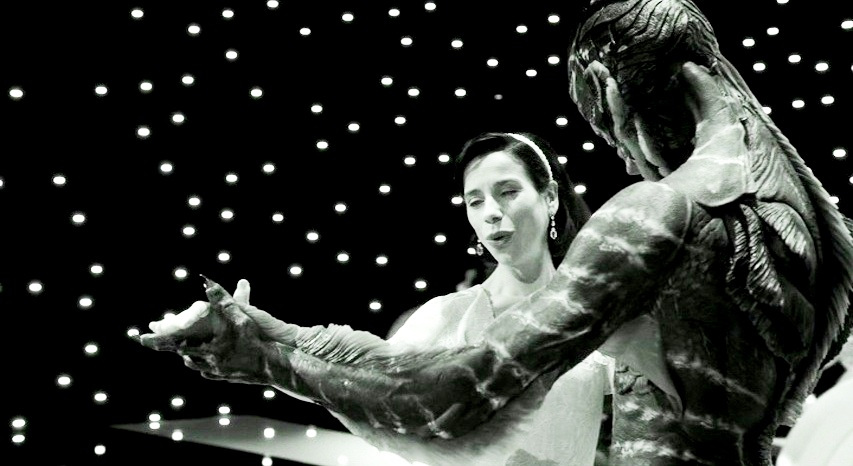
One of the most surprising Best Picture Oscar-winning films ever is The Shape Of Water. This is not because it is not worthy, it is, but because it’s not the sort of film that normally wins Oscars. It is hard to overstate the importance of dancing in this film. Elisa is a janitor in a secret government facility, she is also mute, unable to speak due to a neck injury. She has a deep love of music, films and dancing and after they arrive at the secret facility a mysterious creature, listed in the credits as Amphibian Man, who also cannot speak. As neither can speak they communicate through other means – sign language and, well, dancing. There is a fantasy sequence in the film where they dance in a very Golden Era Hollywood musical performance, but for me, the more telling moments are the simpler examples of dancing. Dancing brings small moments of joy to unhappy people – Elisa, her neighbour Giles, and Amphibian Man. It is a method of communication that transcends the divide that exists between Elisa and Amphibian Man as well as showing it’s something all people – whether human or an amphibian man enjoy.
Dancing’s For People Who Are Free
Jojo Rabbit has a lot to say about dancing. Jojo is a young boy in Nazi Germany with something of an obsession with Hitler, indeed his imaginary friend is Hitler. It becomes apparent quickly that Jojo isn’t really a Nazi but drawn to the most famous person in the country. Nevertheless when he finds out that his mother is hiding Elsa, a Jewish girl a few years older than him, he is in a difficult position. Jojo’s instincts are to turn Elsa in, but then his mother will be in a lot of trouble. Jojo’s mother, Rosie, does not fit in in Nazi Germany. She is very much a free spirit and opposed to fascism and equates dancing to joy and love and freedom whereas Jojo has the narrow view that “dancing is for people who don’t have a job”. Again whilst living in Nazi Germany towards the end of the war (while it means hopefully things will change for the better, it also means soldiers fighting in your town) Rosie can find joy in something like dancing. Even more heartbreaking is Elsa’s answer to the question as to what she will do when she’s free – dance. Which is exactly what she does.
Angels Don’t Dance. It’s one of their defining characteristics
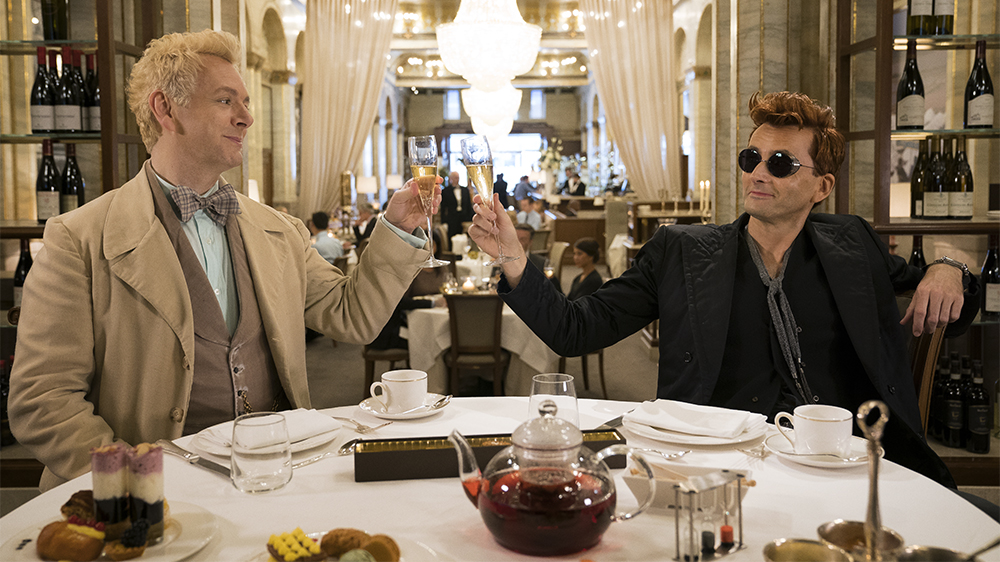
Perhaps the best moment of dancing in recent years is not from film at all but television. The tv show Good Omens is about the upcoming apocalypse…well what it’s really about is the wonder of being human – but the plot is about the apocalypse. An angel, Aziraphale and a demon, Crowley, decide to work together to stop the apocalypse. These two have been Heaven and Hell’s agents on Earth for millennia and have grown quite attached to Earth and the people there (and against all odds, each other). Also, both have departed from the traditional views of their celestial brethren and this is shown in no better way than the fact that Aziraphale dances. The narrator, who is God, discusses the classic theological question of how many angels can dance on the head of a pin, but starts by saying, well angels don’t dance, it is in fact, a defining characteristic. Aziraphale is the exception- defying his fellow angels, Heaven and God, just so he can dance. If you want to see the greatest portrayal of joy in the history of film and television watch Michael Sheen dancing in Good Omens.
Also Read: Did High-End TV Replace The Mid-Budget Indie Film?


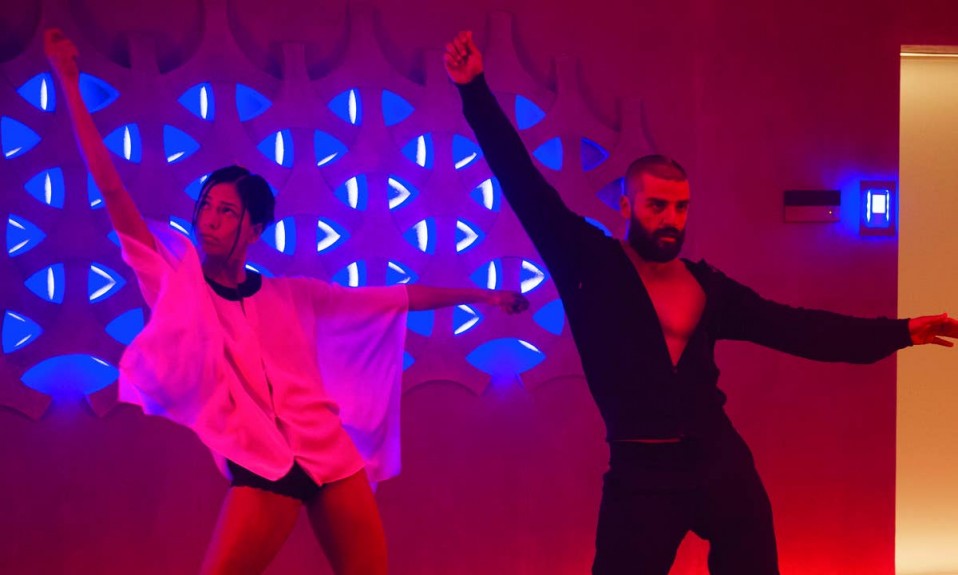
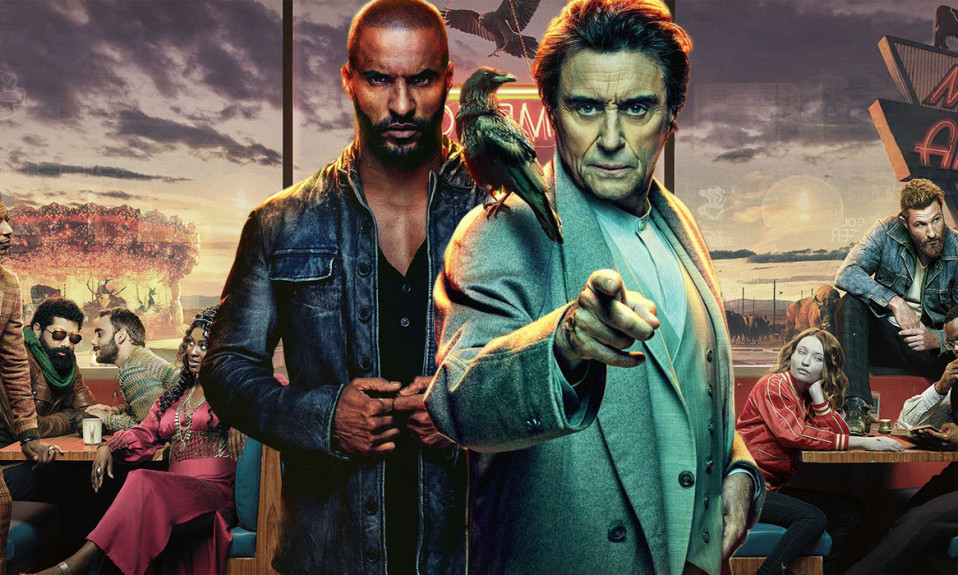
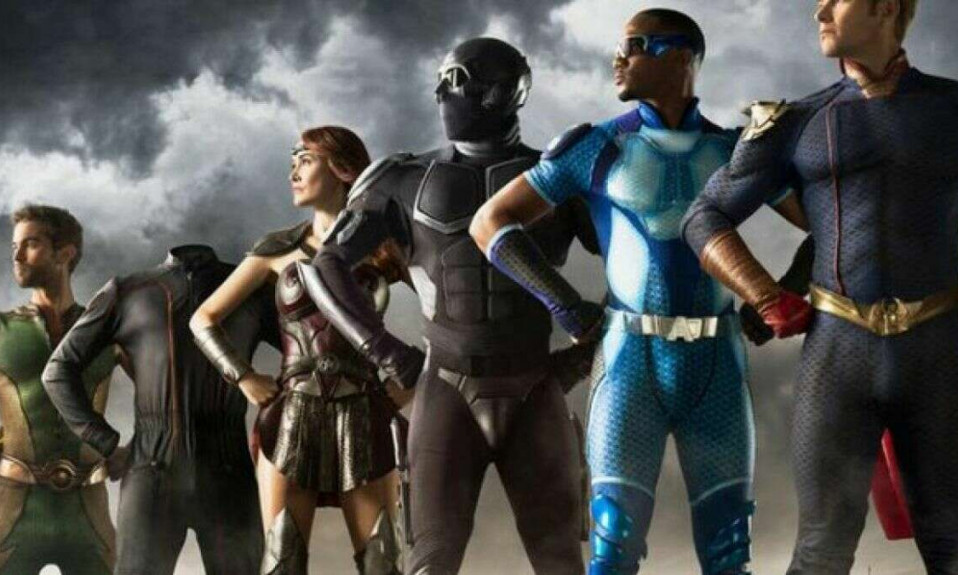
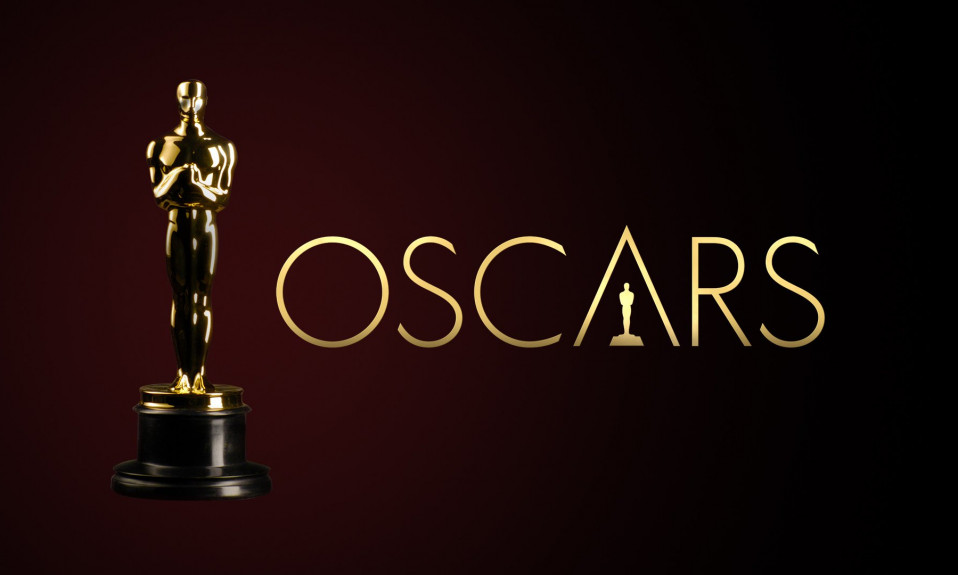








1 Comment
Comments are closed.